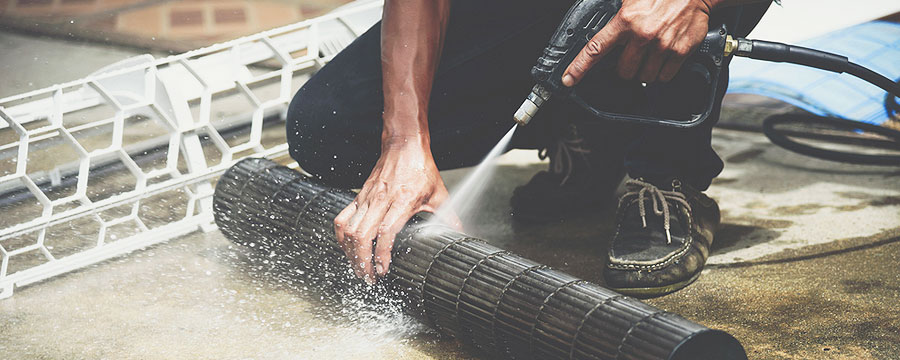Protecting Your Home and Family: Carbon Monoxide Awareness and Safe Levels in Your House!
Carbon monoxide (CO) is a silent killer that claims thousands of lives each year. This odorless, colorless gas is produced by the incomplete combustion of fuels such as gas, oil, wood, and coal, and can quickly build up to dangerous levels in enclosed spaces. In this blog, we’ll explore the importance of carbon monoxide awareness in homes and discuss the acceptable range of CO levels to ensure the safety of your household.
The Importance of Carbon Monoxide Awareness
Carbon monoxide poisoning is a serious threat that can result in severe illness or even death if not detected and treated promptly. Because CO is invisible and odorless, it can go unnoticed until symptoms of poisoning appear, which often mimic those of the flu or other common illnesses. By raising awareness about the dangers of CO and taking preventive measures, homeowners can protect their families from this silent threat.
Sources of Carbon Monoxide in Homes
Carbon monoxide can be produced by a variety of household appliances and equipment, including:
- Gas furnaces and boilers
- Gas stoves and ovens
- Gas water heaters
- Wood-burning fireplaces and stoves
- Generators
- Automobiles in attached garages
Regular maintenance and proper ventilation of these appliances are essential for minimizing the risk of CO buildup in the home.
Acceptable Range of CO Levels in the Home
The acceptable range of carbon monoxide levels in the home is measured in parts per million (ppm). According to the U.S. Environmental Protection Agency (EPA), the following guidelines are recommended:
- 0-9 ppm: Normal background levels in a typical urban area.
- 10-35 ppm: Slightly elevated levels that may be experienced near busy roadways or in homes with attached garages. Levels in this range are generally considered safe for most people over an extended period.
- 36-70 ppm: Moderate levels that may cause mild symptoms of CO poisoning in sensitive individuals, particularly those with pre-existing health conditions.
- 71-100 ppm: High levels that can cause more severe symptoms of CO poisoning, especially in children, the elderly, and individuals with respiratory conditions.
- Over 100 ppm: Dangerous levels that require immediate evacuation and medical attention. Prolonged exposure to concentrations above this threshold can be fatal.
Preventive Measures for Carbon Monoxide Safety
To protect your home and family from carbon monoxide poisoning, consider the following preventive measures:
- Install carbon monoxide detectors on every level of your home and near sleeping areas.
- Test CO detectors regularly and replace batteries as needed.
- Schedule annual maintenance for gas appliances and heating systems by a qualified technician.
- Ensure proper ventilation in enclosed spaces where combustion appliances are located.
- Never use portable generators, charcoal grills, or other combustion devices indoors or in enclosed spaces.
- Educate your family members about the symptoms of CO poisoning and the importance of prompt action if detectors alarm.
Conclusion
Carbon monoxide awareness is crucial for safeguarding your home and family against the dangers of this silent killer. By understanding the sources of CO in the home, recognizing safe and unsafe levels of exposure, and taking preventive measures, homeowners can minimize the risk of CO poisoning and enjoy peace of mind knowing their household is protected. Stay vigilant, stay informed, and prioritize carbon monoxide safety in your home. Your life may depend on it.




